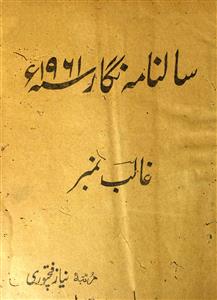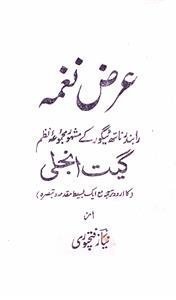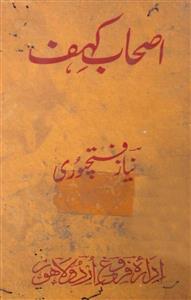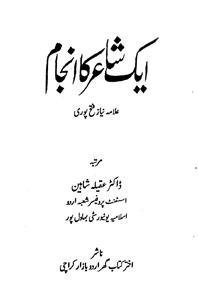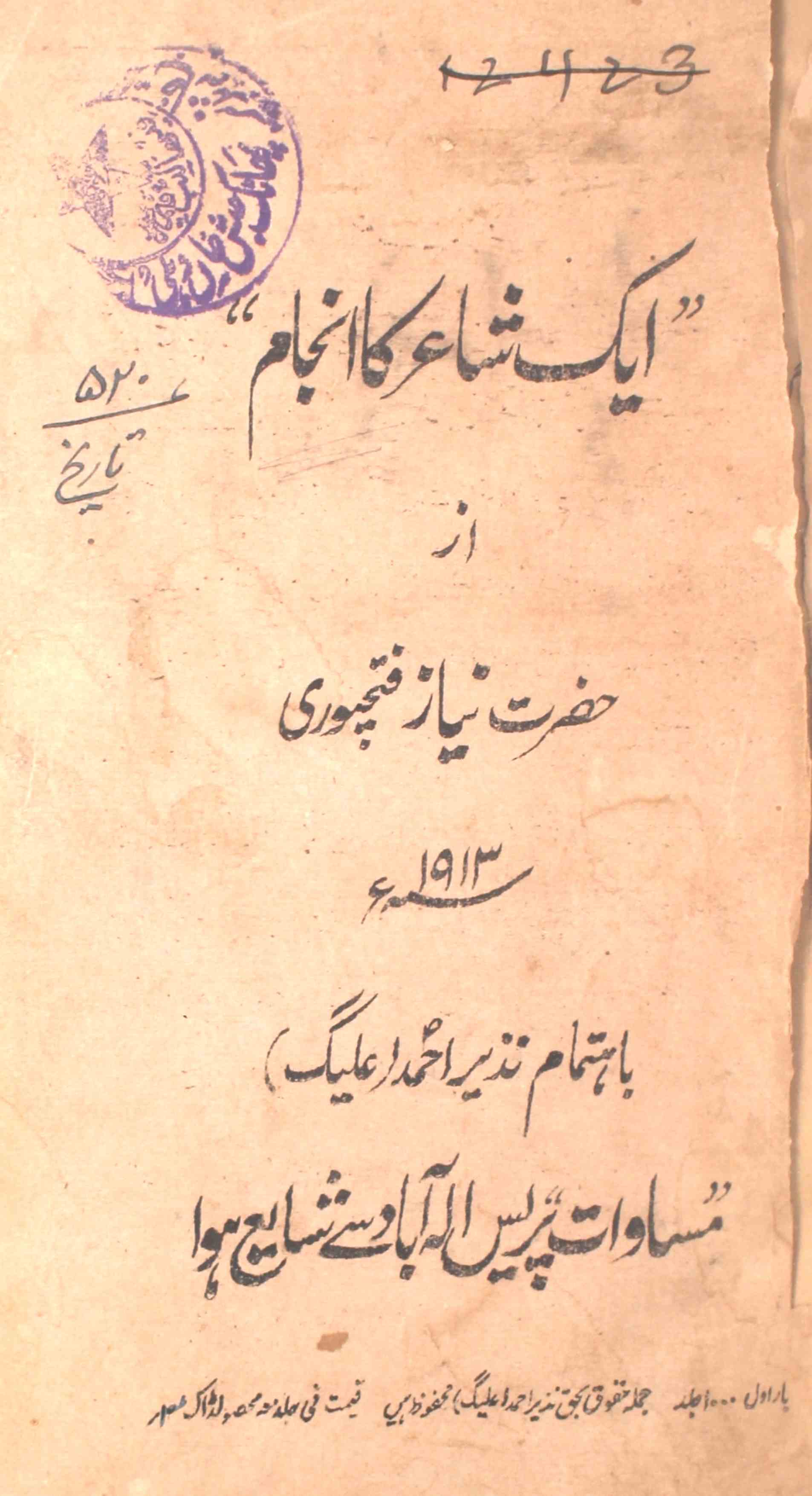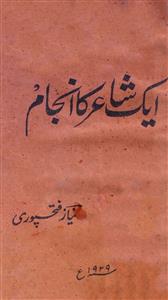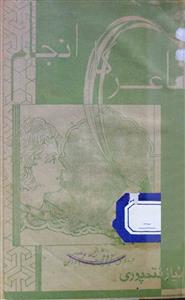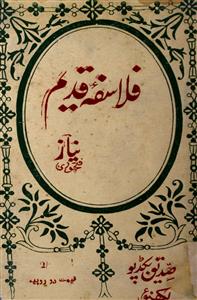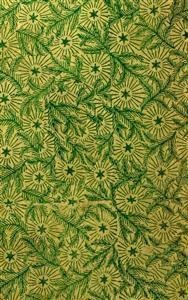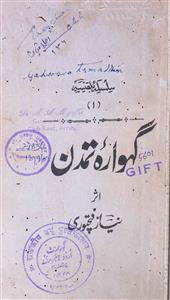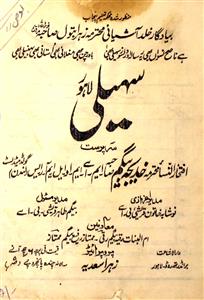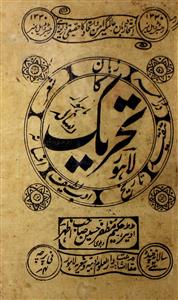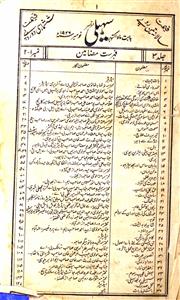 For any query/comment related to this ebook, please contact us at haidar.ali@rekhta.org
For any query/comment related to this ebook, please contact us at haidar.ali@rekhta.org
About The Magazine
in february 1922, nigar was launched. the cover of the magazine bore the inscription majalla ilm-o-adab (journal of knowledge and literature). the chief editor was allama niaz fatehpuri, while makhmoor akbarabadi was listed as the associate editor. allama niaz fatehpuri named the magazine nigar after being inspired by the revolutionary and romantic turkish poetess, nigar bint usman. it was an important urdu magazine, primarily focusing on significant literary, cultural, religious, historical, and social discussions and issues. one of its notable columns was titled ma lahu wa ma alayhi, where poetic merits and flaws were critically analyzed. unfortunately, this tradition has now faded, leading to the decline of the practice of literary refinement. the magazine had a profound impact on literary minds. in particular, its literary and religious discussions helped break the stagnation that had taken hold of both the literary and religious communities. allama niaz fatehpuri gave nigar a scholarly and intellectual dimension. he did not want the magazine to be limited solely to literary topics and discussions; rather, his aim was for nigar to explore all branches of knowledge and the arts.
About The Editor
Among the authors and intellectuals of Urdu, Niaz Fatehpuri acquired a unique identity as he combined many disciplines with remarkable ease. He made his contributions in the multiple fields of literature, history, culture, religion, philosophy, and journalism. He was also a poet and a short story writer. Niaz edited a journal called Nigar which came to be recognized as a major Urdu periodical in the Indian subcontinent. In recognition of his services, he was conferred with the awards of Padma Bhushan in India and Nishan-e Sipaas in Pakistan.
Niaz Fatehpuri was born in the Barabanki district of Uttar Pradesh in 1884. He was given the name of Niaz Mohamad Khan by his mother and Liaqat Ali Khan by his father. He received his education at Madrasa Islamia, Fatehpur and Dar-ul-uloom Nadwat-ul Ulema, Lucknow. His father, Mohammad Ameer Khan, being a police officer, moved from place to place during his period of service which gave Niaz an occasion to interact broadly with people of intellectual bent. In the year 1900, Niaz received his training as a Sub Inspector at Moradabad but relinquished his job in 1902. From 1903 to 1905, he worked as the Head Master at Madrasa Islamia. Following this, he worked in various capacities but it was in 1922 that he launched his journal Nigar at the advice of Laam Ahmad from Agra. This journal was later published from Lucknow, Bhopal, and Karachi. In 1962, he migrated to Pakistan and spent the last four years of his life there. He suffered from cancer and breathed his last on 24 May, 1966.Niaz Fatehpuri has written over fifty books on a variety of subjects that constituted his intellectual make up. Some of his major books include Shair ka Anjaam, Nigaristan, Jamalistan, Shahab ki Sharguzasht, Inteqadiyaat, Mala Wama Alaih, Mazaahib-e Alam ka Taqaabuli Mutaleaa,, and Targhwwbat-e Jins.
 For any query/comment related to this ebook, please contact us at haidar.ali@rekhta.org
For any query/comment related to this ebook, please contact us at haidar.ali@rekhta.org
Most Popular Magazines
Browse this curated collection of most popular magazines and discover the next best read. You can find out popular magazines online on this page, selected by Rekhta for Urdu magazine readers. This page features most popular Urdu magazines.
See More